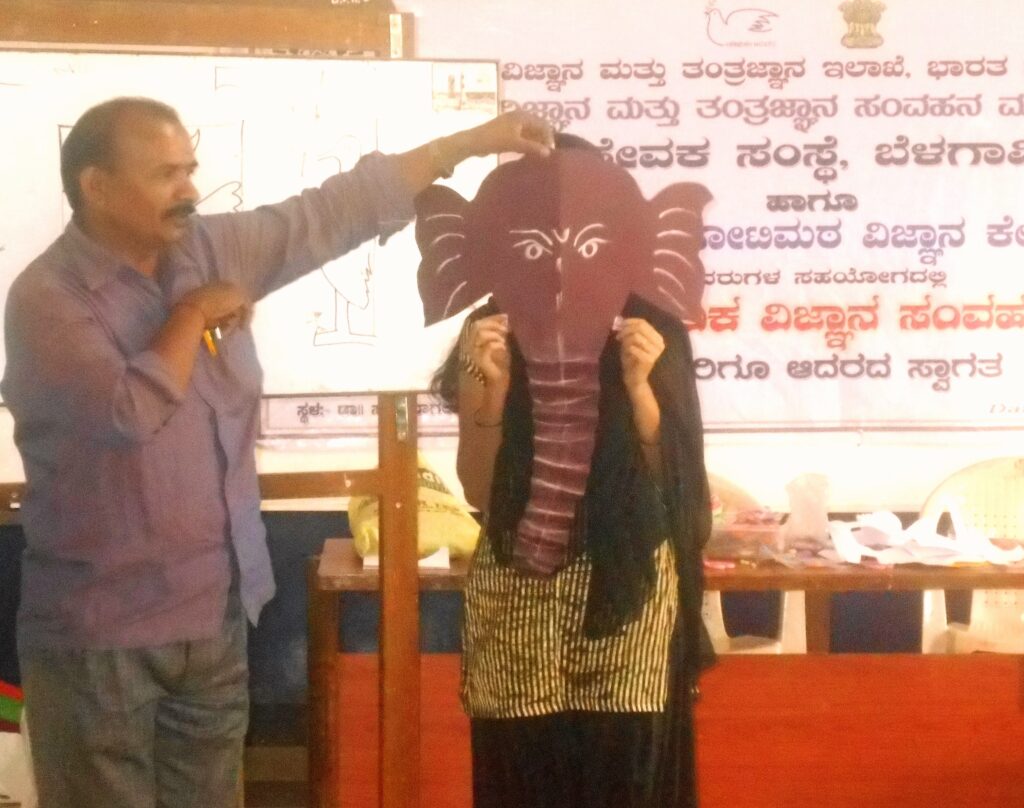SCIENCE COMMUNICATION THROUGH PUPPETRY FOR EDUCATION PROJECT
The Role of Puppetry in Culture and Education
Puppetry has deep roots in culture, offering an engaging and entertaining form of expression. Whether seen in marionettes, Muppets, or other formats, puppetry captures the imagination of both children and adults through television, videos, and live performances. Puppets are not only entertaining but also provide educational opportunities, helping children develop essential life skills through play-based learning. They inspire creativity, imaginative play, and provide an accessible method for introducing narratives, even to reluctant readers.

Puppetry as a Tool for Learning and Creativity
Puppets play a crucial role in storytelling, poetry recitation, and teaching literacy. Hand puppets with movable parts are especially useful for teaching phonics and literacy in an interactive and engaging way. Puppetry fosters imaginative play and provides a central focus for role-playing activities, encouraging children to actively participate and use their creativity. These playful figures bring stories to life, making learning more engaging and enjoyable for young audiences.
Project Overview
SEVAK’s project, “Science Communication through Puppetry,” is focused on enhancing communication skills among teachers, students, youth, and volunteers by using puppetry to convey scientific concepts. The project is being implemented across seven districts in northern Karnataka—Belagavi, Dharwad, Chikodi, Koppal, Gadag, Bagalkote, Haveri, and Raichur. It involves collaboration with various local educational and scientific institutions, including universities, colleges of education, social work institutions, Krishi Vignan Kendra, and local science centers.
SEVAK’s Use of Traditional Puppetry for Science and Social Awareness
– SEVAK has adopted traditional puppetry to communicate scientific and social issues, particularly to students.
– Puppetry, as a form of folk media, is historically used to both educate and entertain communities.
– It provides a culturally relevant and familiar method to discuss development and social issues.
– The use of local dialects and culturally significant formats in traditional media makes it an effective tool for conveying messages.
– This approach is particularly powerful for reaching rural or underserved communities.

Key Outcomes
– SEVAK has trained over 600 teachers and education students in using puppetry as an educational tool for science communication.
– The training is delivered through workshops and sessions aimed at enhancing teaching methods.
– As a result of this initiative, four colleges of education have established departments focused on alternative and innovative teaching methods.
– These departments place special emphasis on puppetry techniques as a creative teaching approach.
– The initiative empowers educators to engage students more effectively and improve science communication in both schools and communities.

